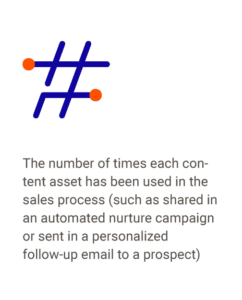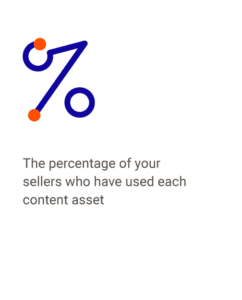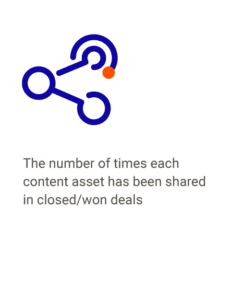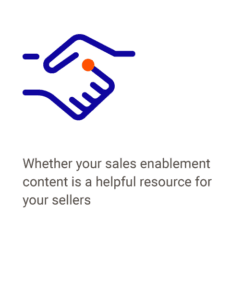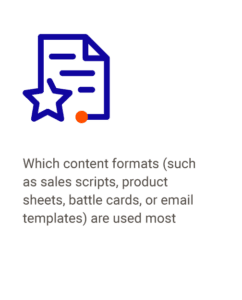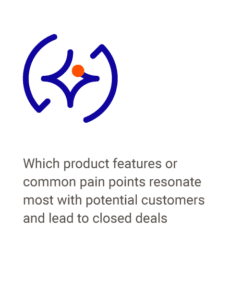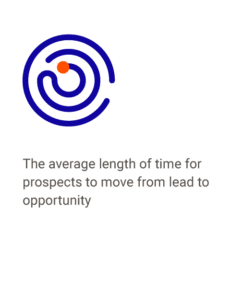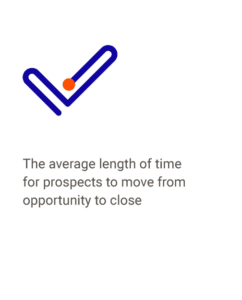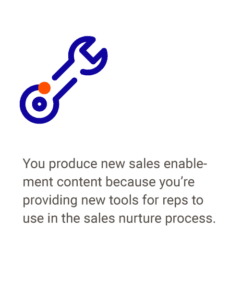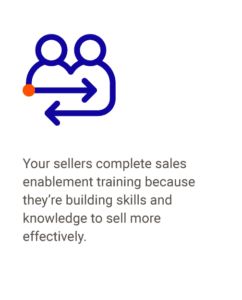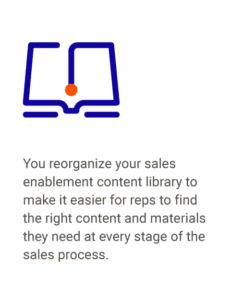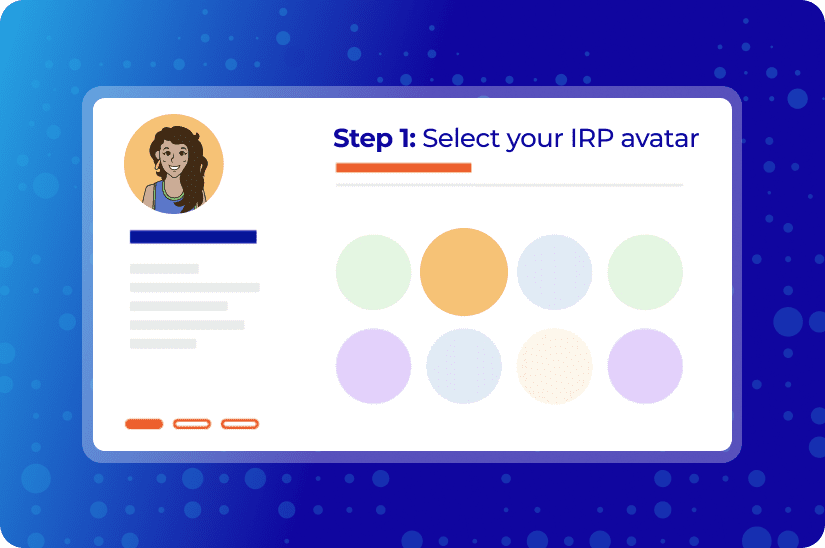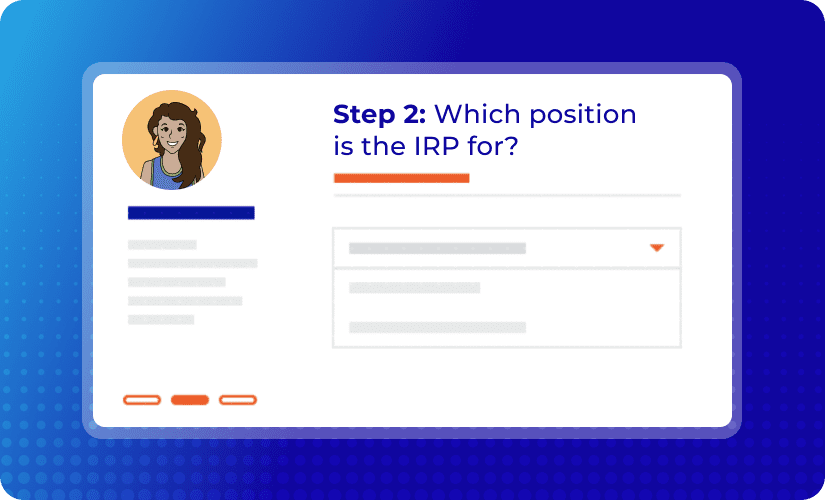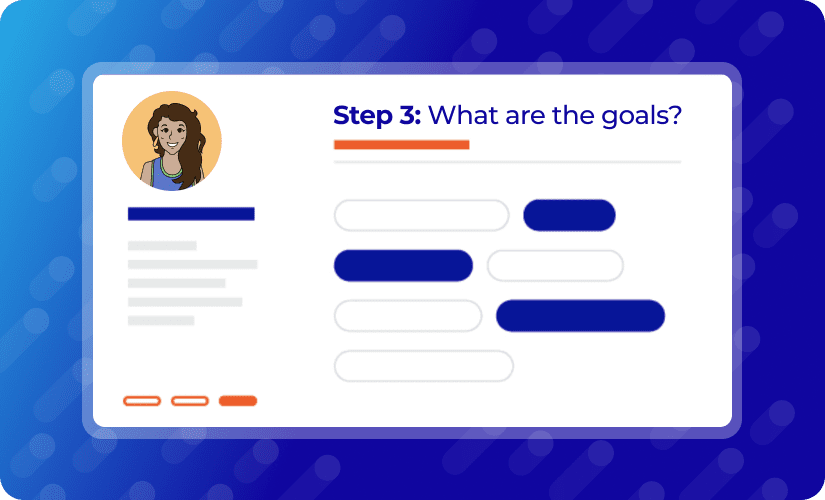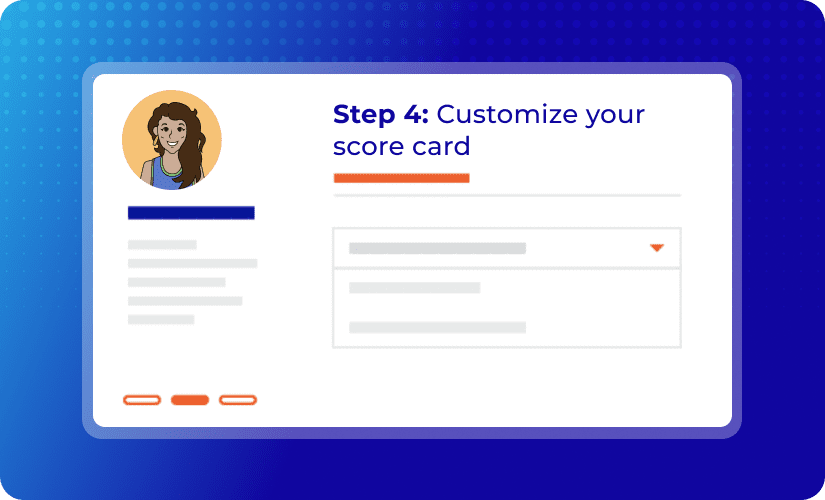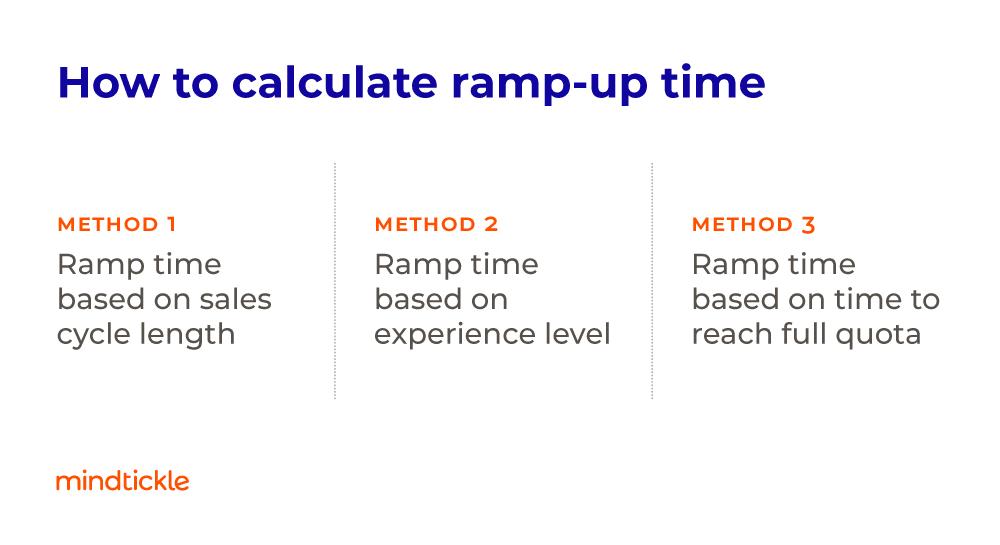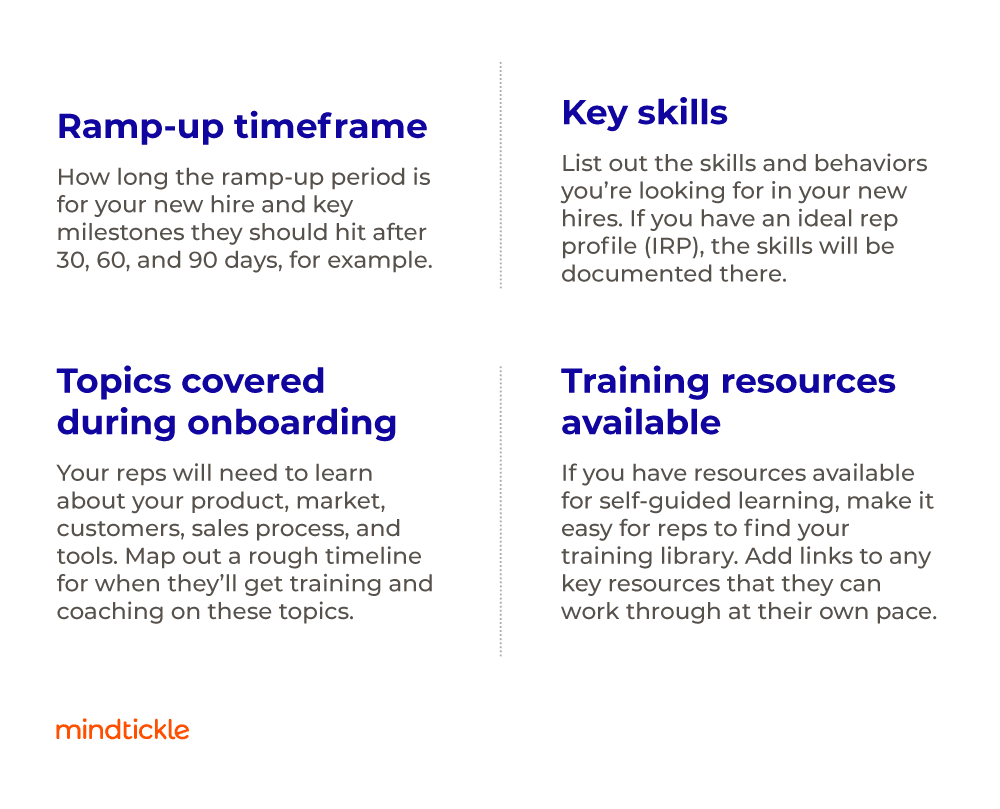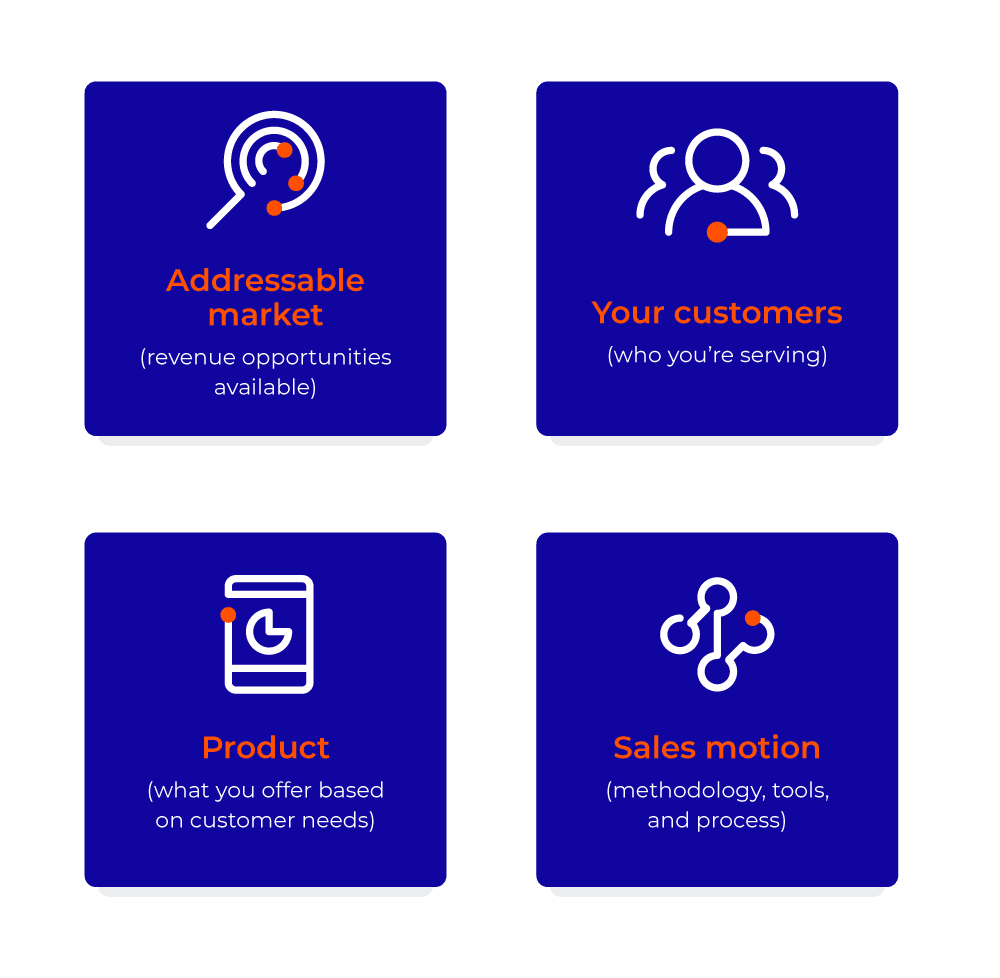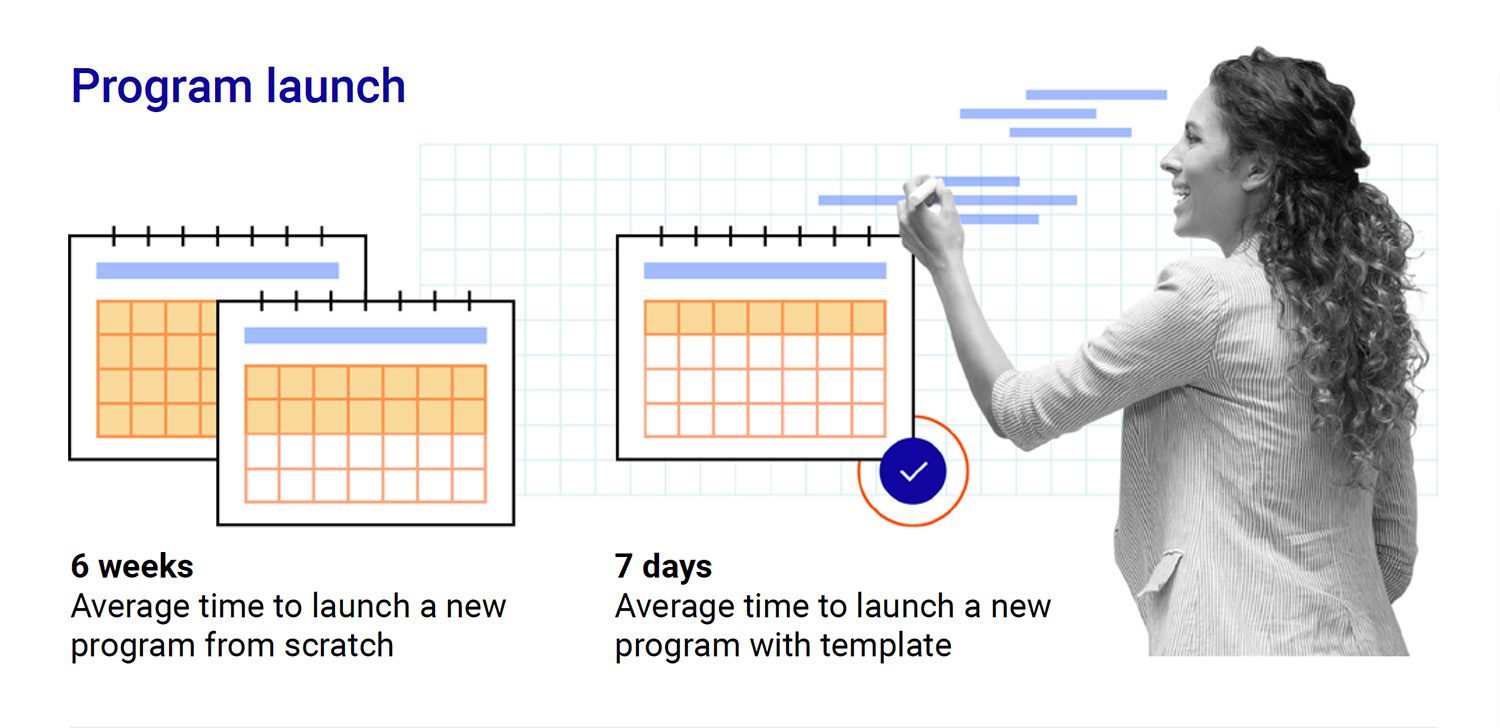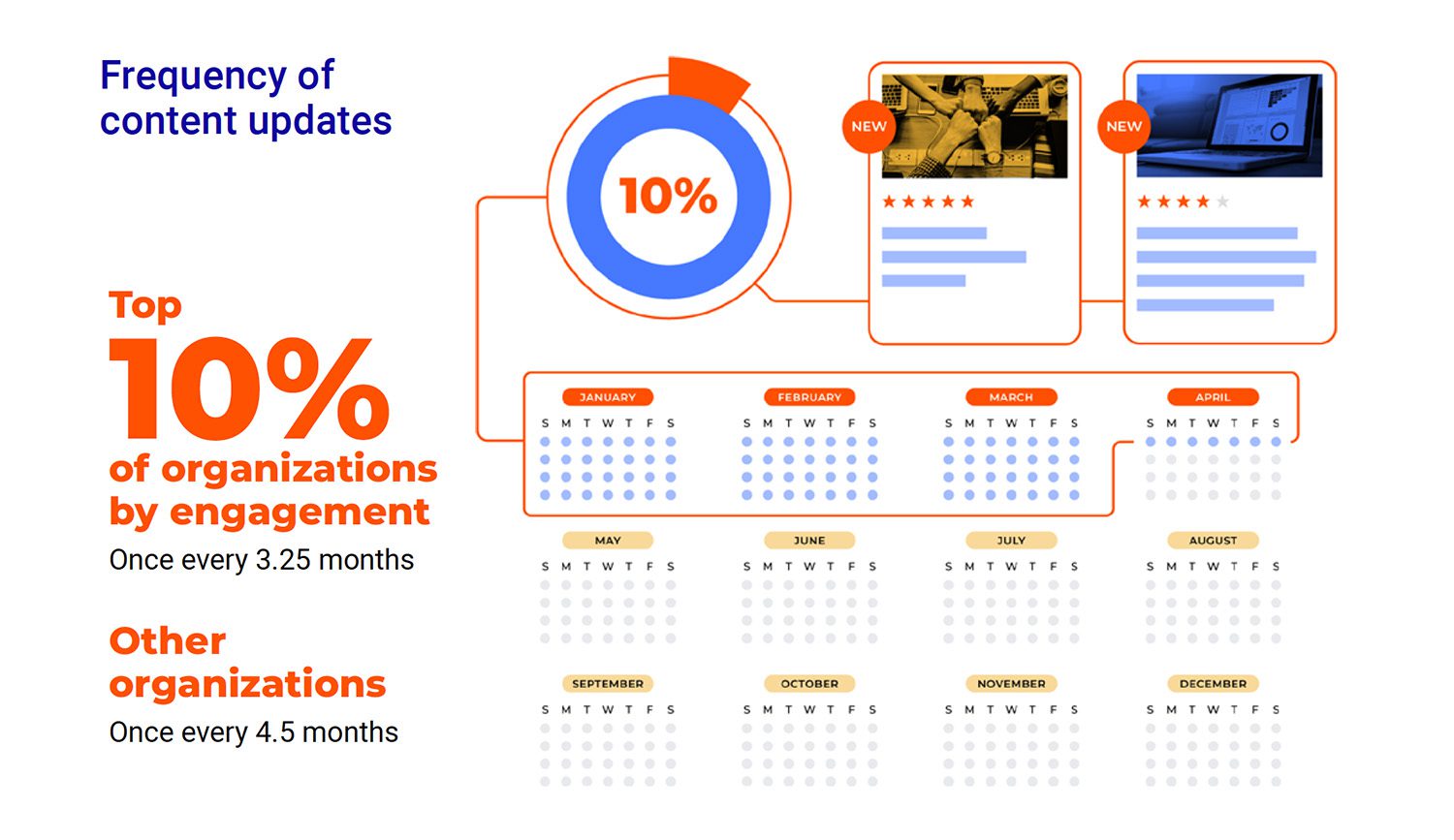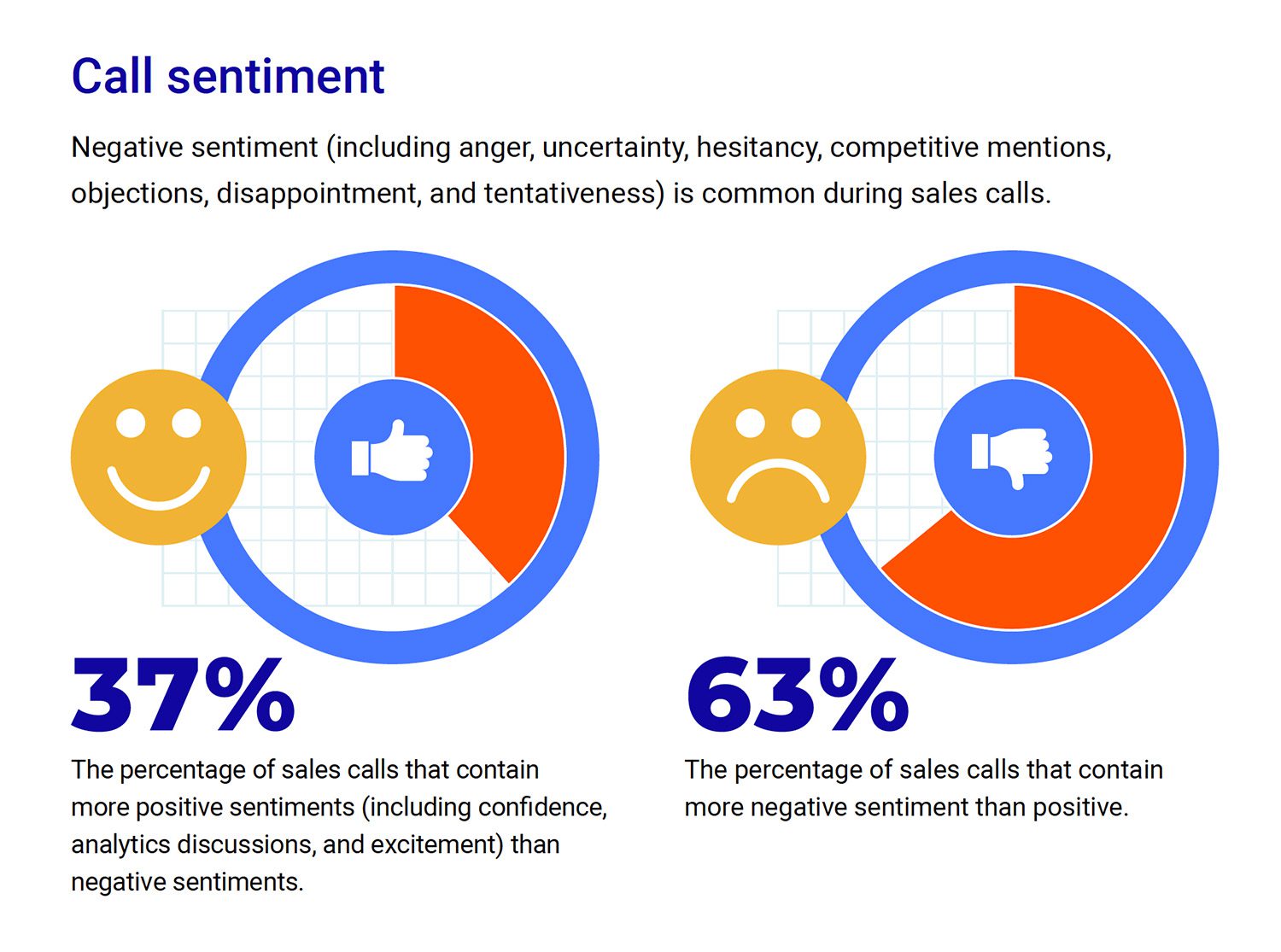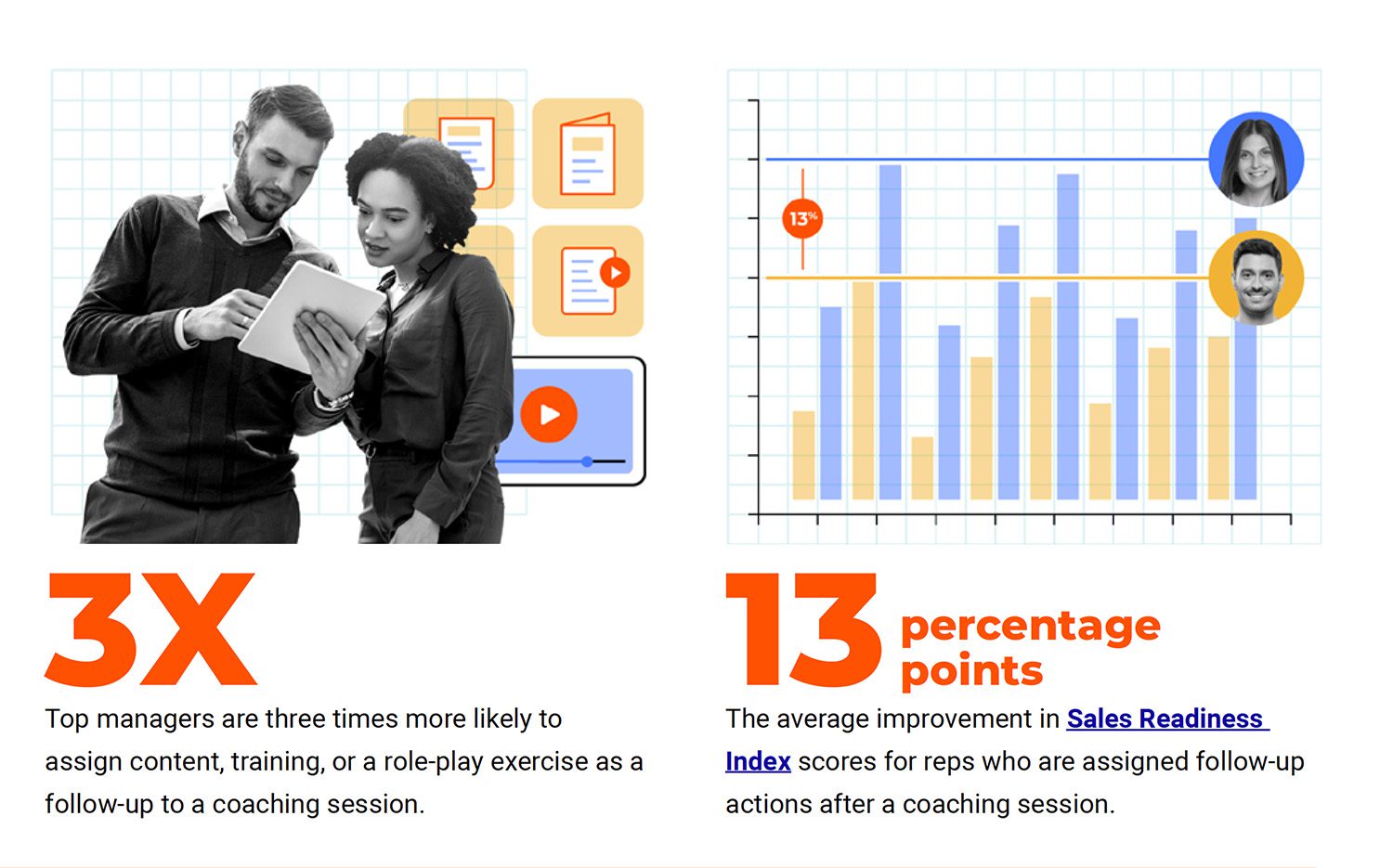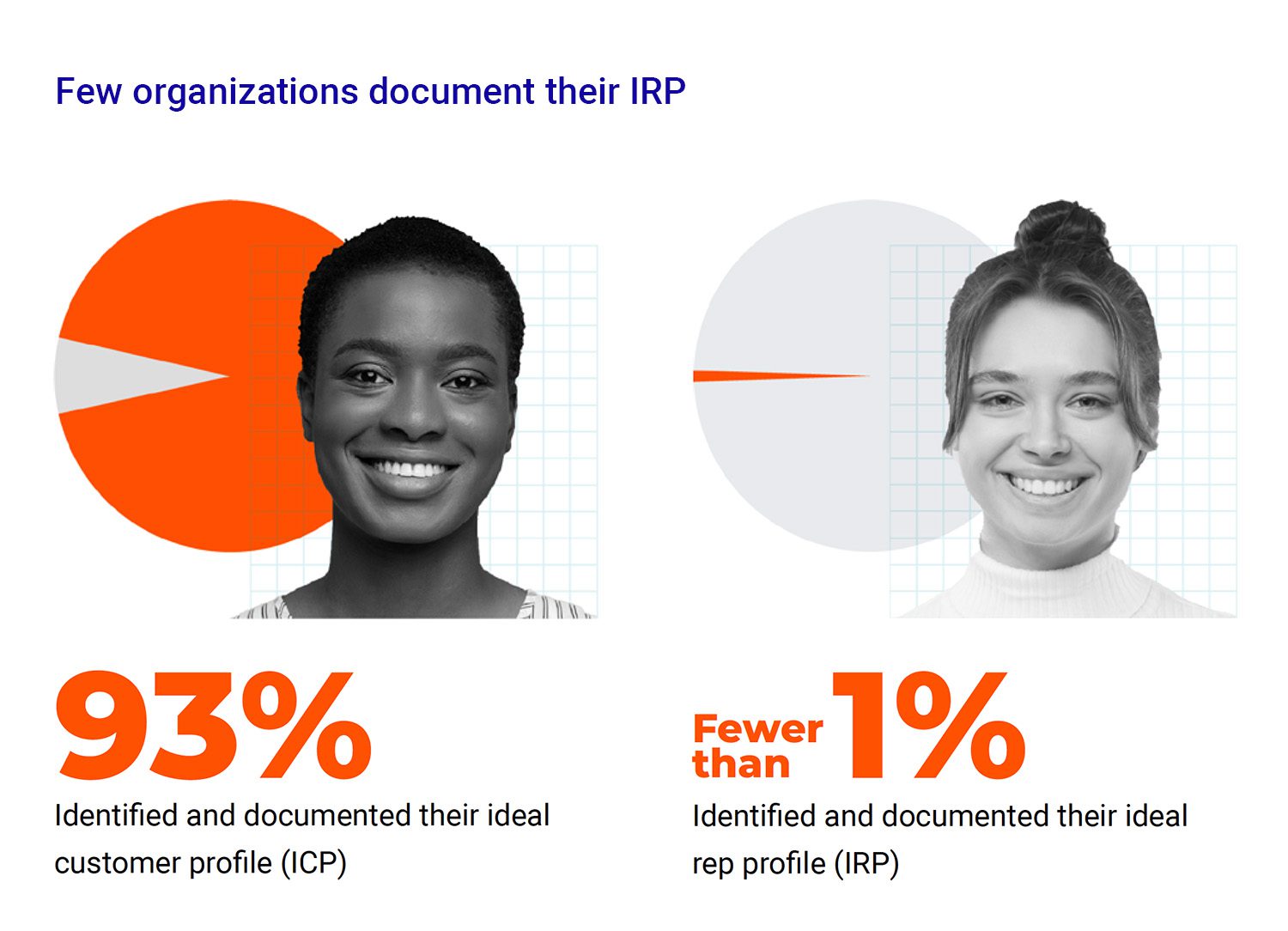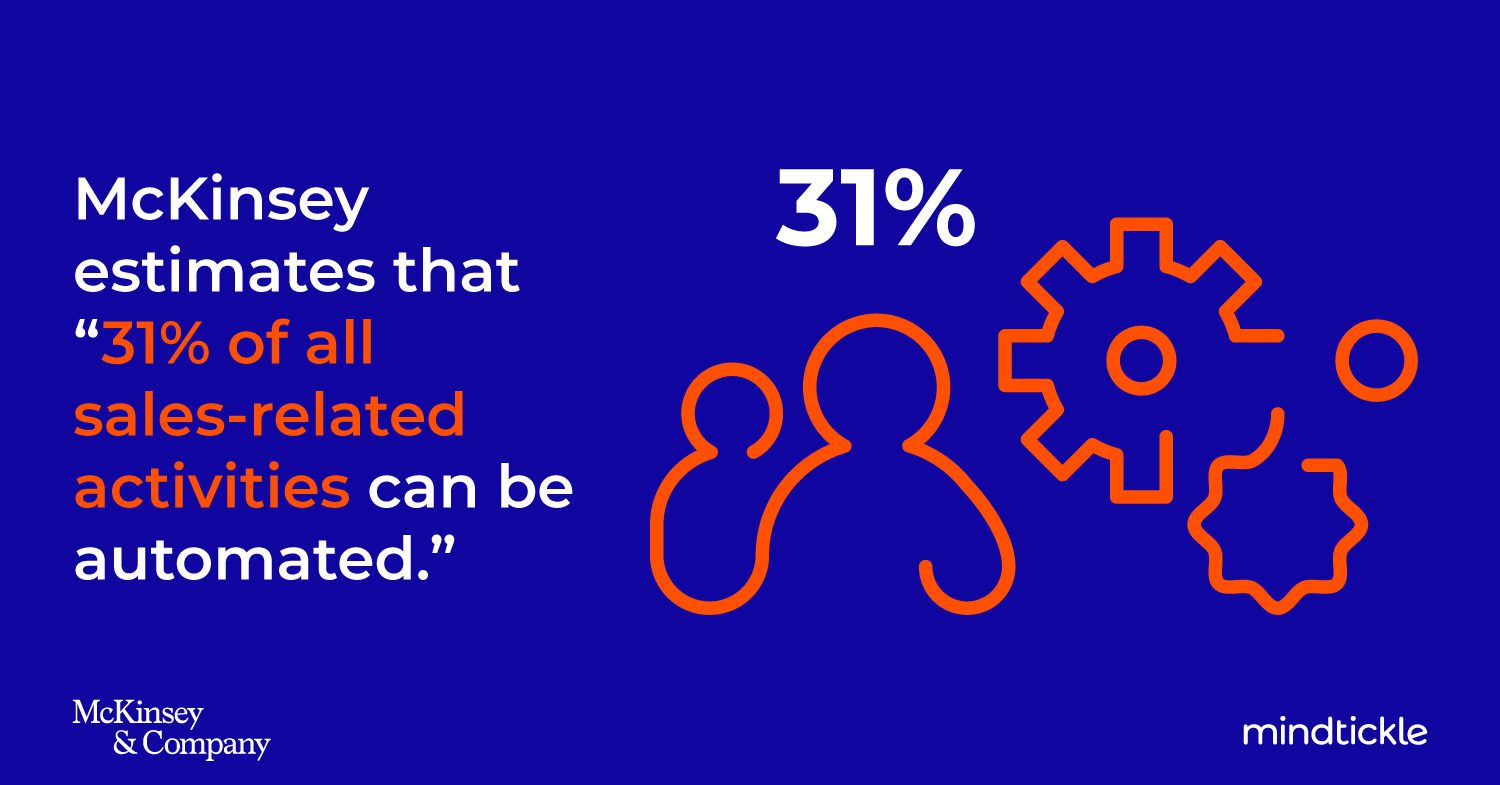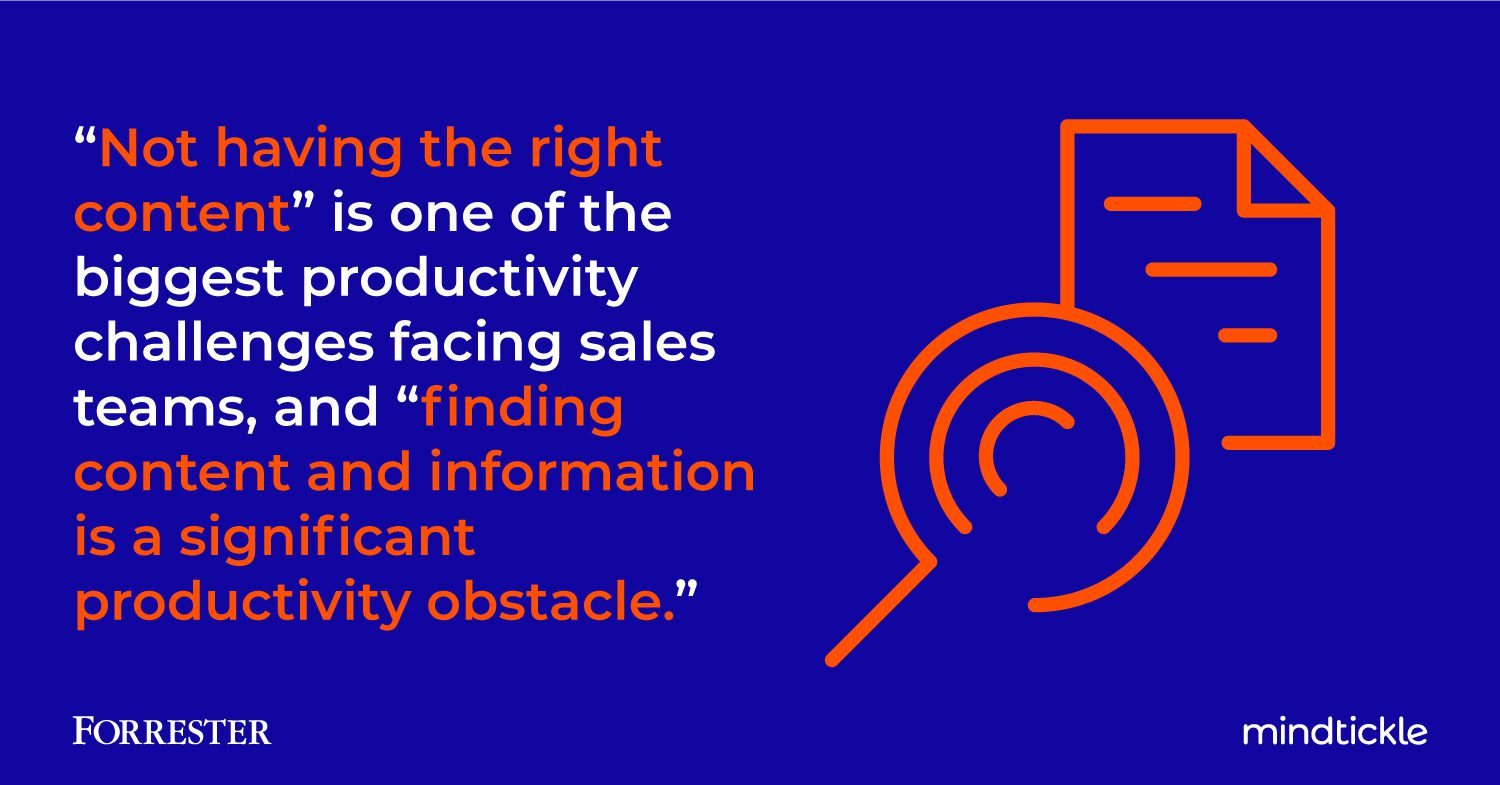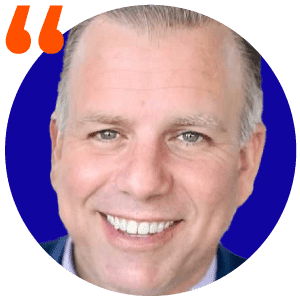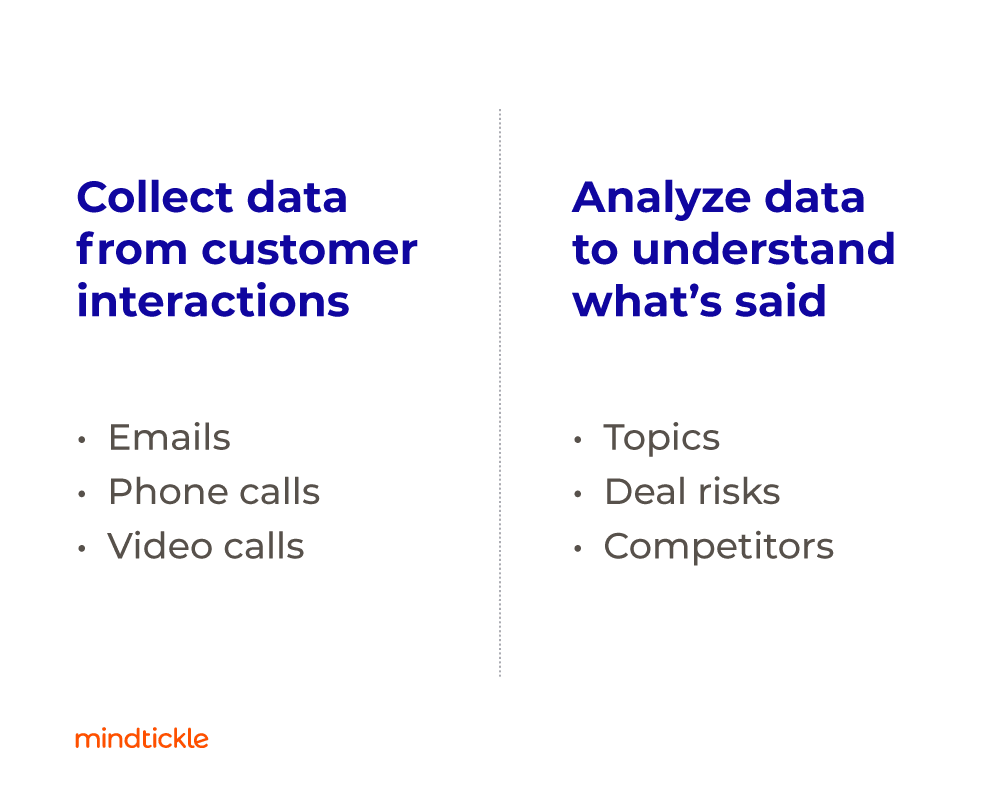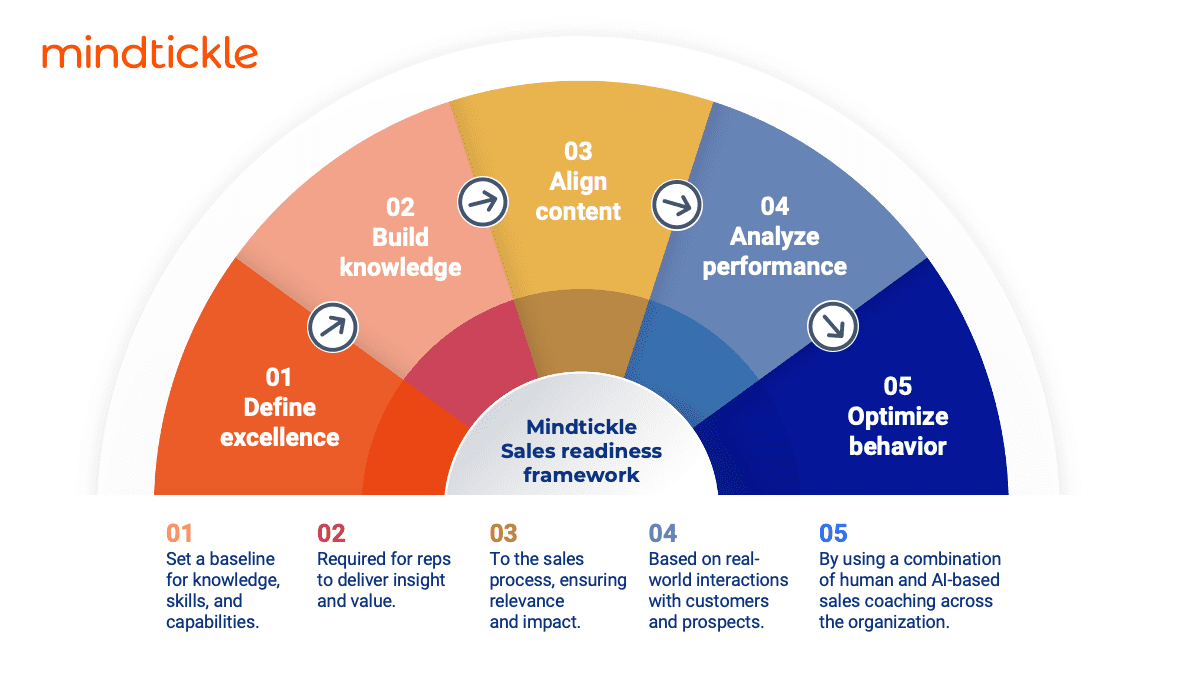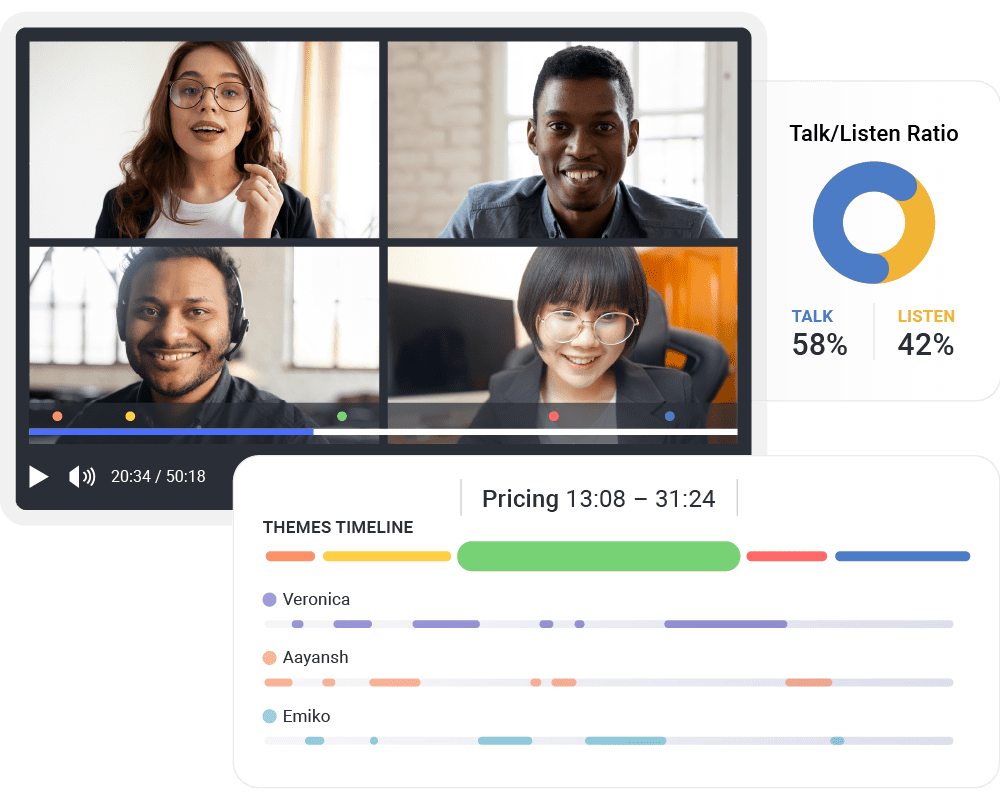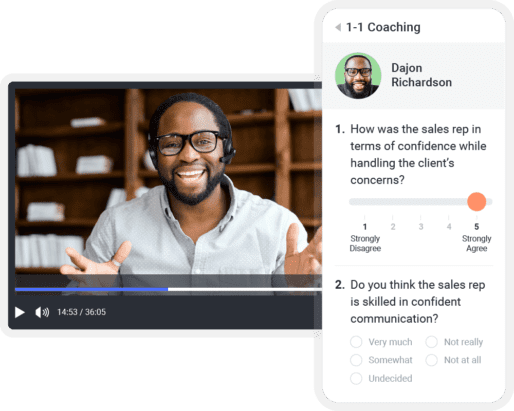7 Ways to Improve the Effectiveness of Your Sales Role-Plays — and Start Closing More Deals
Think back to the last time you started a new hobby. Maybe it was golf or swimming or basket weaving — it really doesn’t matter. Unless you’re some kind of unicorn, you probably weren’t perfect right out of the gate. Instead, you may have felt similar to a baby giraffe walking for the first time.
But with regular practice, you probably made improvements and started to feel more comfortable and confident with your new pastime.
The same can be said for sales. While training and coaching are key to getting them ready to sell, reps also need opportunities to practice what they’ve learned, risk free. That way, they can perfect their skills before going into the field — where there’s the risk of losing deals if things go south.
A lot of sales organizations incorporate some practice and role-plays into their enablement programs. But what are the best sales orgs doing differently to help ensure these practice opportunities actually help sellers get ready to close more deals?
Recently, we analyzed activity from more than one million users at 350 companies to understand what winning teams are doing differently to ensure reps are ready to sell. Based on these findings, we’ve identified the top ways you can improve the effectiveness of role-plays at your organization — and start empowering more reps to meet (or exceed) quota.
- Leverage virtual role-plays
- Assign role-plays on a quarterly basis, at minimum
- Use role-plays to prepare reps for different selling situations
- Incorporate written role-plays
- Keep role-plays short and sweet
- Allow sellers to take multiple passes at a role-play exercise
- Provide focused feedback
Practice and role-play exercises benefit everyone on the team
These days, when most sellers are pressed for time, are role-plays and practice exercises really worth the time and effort?
Absolutely.
In fact, when they’re done well, practice and role-plays benefit everyone on the sales team.
Benefits to sellers
Between onboarding and ongoing training, sellers get a lot of information thrown their way. But taking in this information isn’t enough. Sellers must also be able to apply it when it matters: when interacting with prospects.
Role-plays give sales reps the opportunity to practice what they’ve learned in a risk-free environment and get feedback from others. This practice boosts their skills and their confidence so they’re better prepared for any interaction that comes their way.
Benefits to sales managers
The success of a sales manager hinges on their team’s achievements so managers can’t just deliver training and coaching to reps, send them out into the field, and then hope for the best.
With practice and role-plays, managers can see their reps in action. Based on performance in role-plays, managers can then provide additional coaching and training to help reps hone their skills before money is on the line.
Benefits to sales enablement managers
According to Gartner, sellers forget almost 90% of information within 30 days of training. While practice is critical to ensuring learning sticks (and is applied in the field), sales enablement managers simply don’t have the time to facilitate real-time practice with every sales rep.
Practice and role-plays enable sellers to practice new skills on their own and receive the feedback and coaching they need to improve.
How to improve the effectiveness of practice exercises
Based on our analysis of one million Mindtickle users at over 350 companies, here are seven things you can start doing to ensure role-plays and practice opportunities adequately equip your sellers to close more deals.
1. Leverage virtual role-plays
The term “role-play” might conjure up visions of a sales rep standing in front of a group of peers at an in-person training or team meeting, delivering a practice pitch, and getting real-time feedback. But at a time when remote and hybrid work has become the norm, this is becoming less common.
Instead, the best organizations have shifted to virtual role-plays, with the help of AI-powered tools. With these, sellers have the opportunity to take multiple passes at a role-play — and they can do so on their own time. AI then analyzes the recorded role-play and delivers real-time insights and feedback to the presenter. Recordings can also be reviewed by managers and peers to provide additional feedback, which the seller can use to perfect their skills.
2. Assign role-plays on a quarterly basis, at minimum
Role-plays and practice exercises are important. But how frequently must organizations provide reps with these opportunities for practice?
We’ve found that on average, sellers submit two to three recorded role-plays per year. However, at top-performing companies, sellers do four role-plays per year. Industries including pharmaceuticals, retail, and technology are particularly heavy users of role-plays.
When it comes to role-plays, more is more. Aim to assign quarterly role-plays to ensure your sellers are always ready to close any deal.
3. Use role-plays to prepare reps for different selling situations
Many organizations use role-plays to help sellers perfect their sales presentations. But winning sales organizations leverage role-plays to help sellers master a whole host of selling scenarios.
Here are the top three use cases for which winning sales organizations leverage role-plays.
- Product knowledge: Sellers must have solid product knowledge before interacting with prospects. Role-plays assess reps’ product knowledge and help managers identify and address any knowledge gaps before the rep goes into the field.
- Pitch practice and marketing messaging: Reps’ messaging needs to be on point during pitches — every single time. Role-plays can help grow their confidence and ensure they’re always on message when interacting with prospects.
- Voicemail practice: Most reps are no stranger to going to a prospect’s voicemail. Voicemail role-plays ensure sellers have what it takes to leave clear, concise messages that entice prospects to call back.
Consider incorporating these role-play use cases into your enablement strategy to ensure sellers are ready to handle every situation thrown their way.
4. Incorporate written role-plays
At many organizations, role-plays and practice are focused on improving verbal selling skills. But in today’s digital-first business environment, reps also need opportunities to practice their written selling skills. After all, poor writing can be a big turnoff for buyers.
At Mindtickle, 30-40% of practice exercises are written role-plays. In fact, in 2021, we had a 2X year-over-year increase in the use of written role-plays.
Be sure to leverage written role-plays to help your sellers hone their writing skills. A great place to start is to add written role-plays for top use cases, including cold outreach emails and post–discovery call recaps.
5. Keep role-plays short and sweet
It’s tempting to cram as much as you can into a single role-play exercise. But we suggest that you resist this urge. Sellers need practice perfecting short, high-impact messages. As such, the most successful sales organizations keep role-plays short and sweet: two to four minutes is ideal.
Of course, there’s no one-size-fits-all role-play length. Instead, you must consider key points that need to be covered and non-negotiable points versus nice-to-haves. In addition, be sure to factor in the total number of role-plays and the amount of time it’ll take reviewers to score them.
6. Allow sellers to take multiple passes at a role-play exercise
When a rep is doing a real-time, in-person role-play, they have one chance to get it right. But we’ve found that, on average, sellers complete two drafts of a virtual role play before submitting it for review.
When assigning role-plays, consider including an example of a great submission as a reference. In addition, consider leveraging AI in your role-play exercises. The best sales organizations see improved quality when they allow sellers to review AI feedback and make multiple attempts before sending in the assignment.
7. Provide focused feedback
After a role-play has been submitted, it’s imperative to provide feedback. Often, this feedback will come from the sales manager or enablement manager. Other times, it will come from peers. Still other times, a combination is used.
Our analysis found that the top common role-play improvement instructions for reps include:
- Be more concise
- Sound more natural
- Use customer examples
What parameters should be used for role-play evaluation? If you include too many parameters, it’ll dilute the impact of the seller’s message. Instead, the best organizations focus on parameters that correspond to key seller competencies.
Finally, be sure to require all reviewers to provide written feedback, as this will provide more valuable learning to the rep.
Improve selling performance
In the world of sales, role-plays are recognized as a great training tool — for good reason. Start improving the effectiveness of your role-plays by adopting the proven best practices of the most successful organizations. Giving your sellers more meaningful opportunities to practice their skills, will grow their confidence — and get them ready for any selling situation.
Want to learn more about what winning sales organizations are doing to ensure their reps are always ready to close deals? Check out the 2022 State of Sales Readiness Report.






